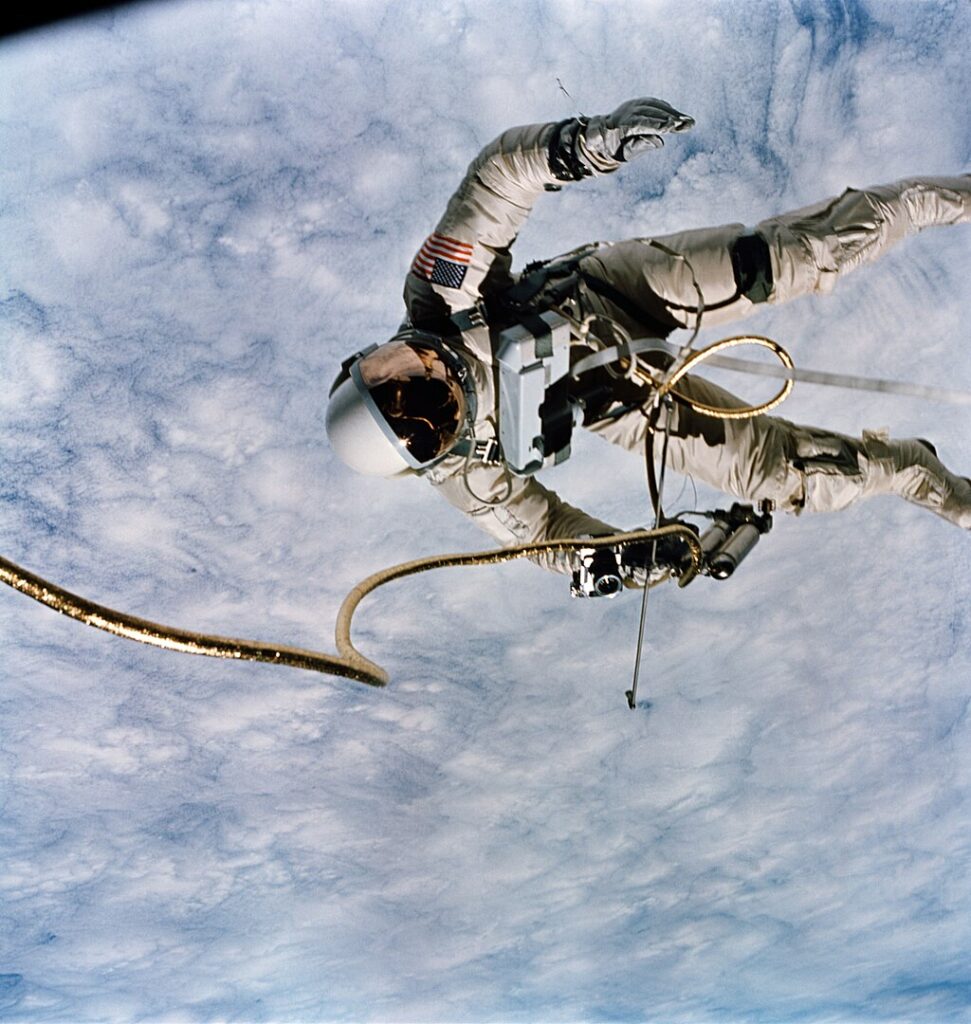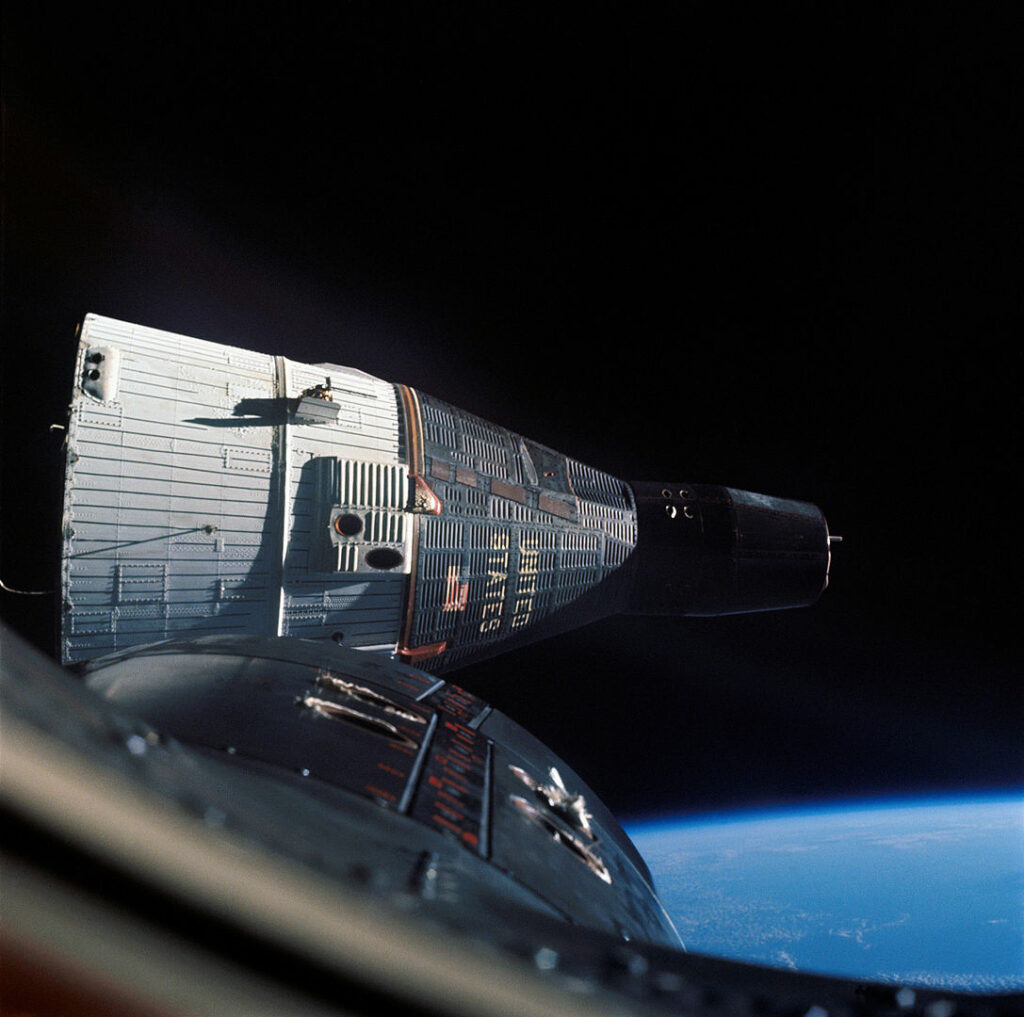The Gemini Missions


The Mercury missions first put Americans into space. The Apollo missions took men to the moon. But in between were the Gemini missions, eight launches which were fundamental in establishing the principles of space flight. It was these Gemini flights that made the Apollo moon landings possible.
Unlike the solo Mercury flights and the three-man Apollo missions, Gemini were two-man rockets, using a repurposed ICBM (Intercontinental Ballistic Missile) to put the crew into orbit. During the Gemini missions, Nasa learned how to keep men alive in space for the length of time necessary to get to the moon and back, developed Extravehicular Activities (‘space walks’) and, crucially, developed the protocols necessary for two spaceship to rendezvous and dock in space.
It’s actually very difficult for two spaceships in different orbits to rendezvous. On earth, you would get on the same track as the other ship and then increase speed to catch up, slowing down as you neared the target vehicle. But in orbit in space, speeding up means the spaceship goes into a higher orbit where, being in a higher orbit, it will actually be travelling slower than the target spacecraft.
The Gemini astronauts found that the way to do it was to put the spaceship into a lower orbit, which means you will be catching up with the target spacecraft as lower orbits are faster, and then, when you have nearly caught up, slow down, thus pushing the spaceship up into the same orbit as the target vehicle.
This, and much other work, was done by the unheralded but vital Gemini missions.
0 Comments